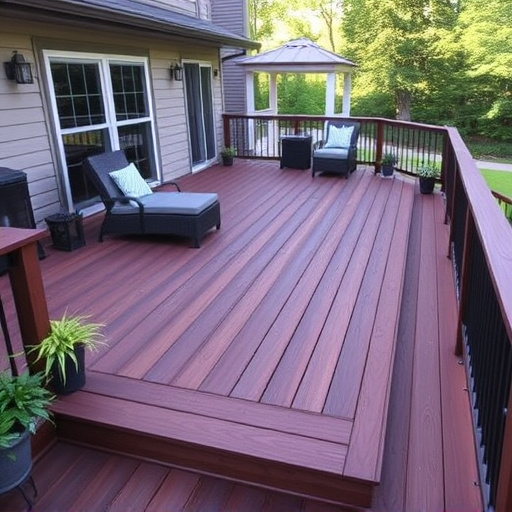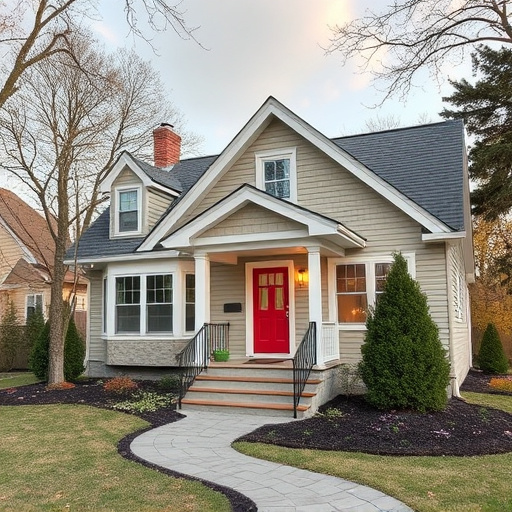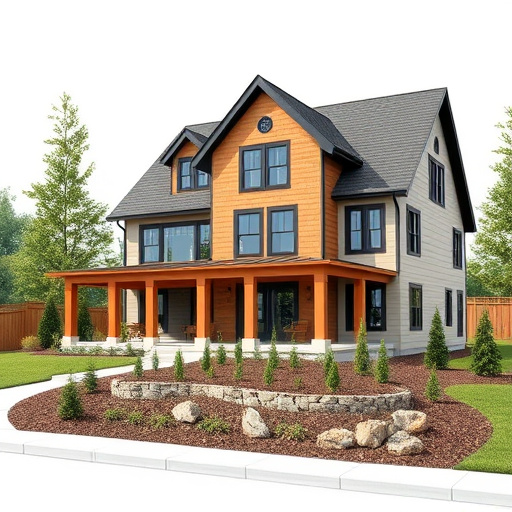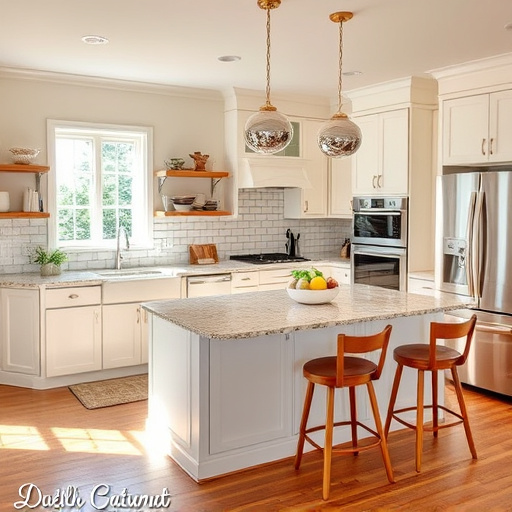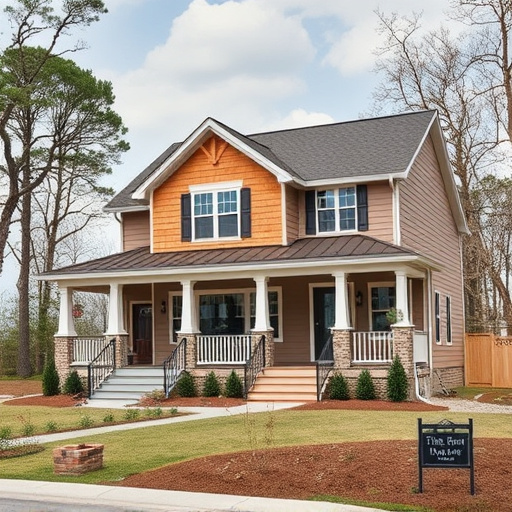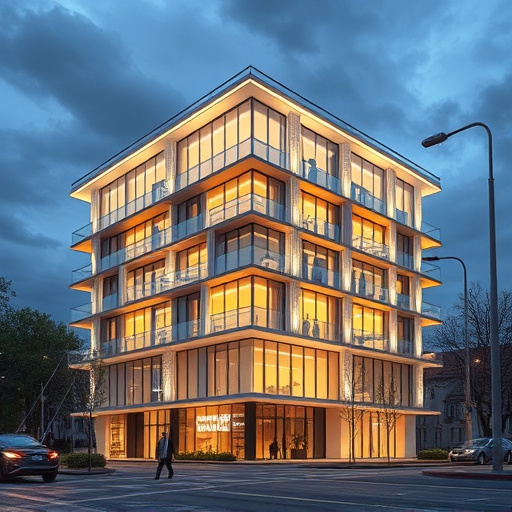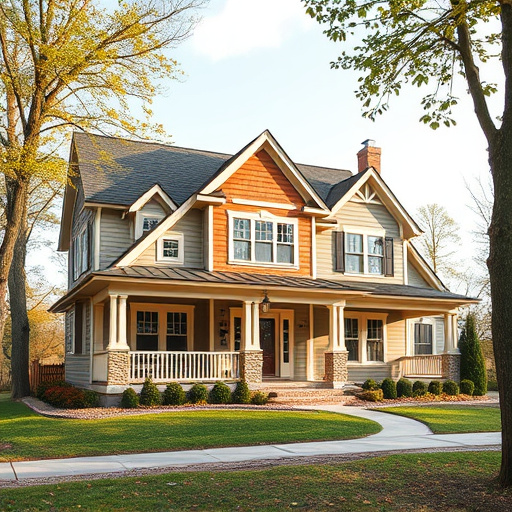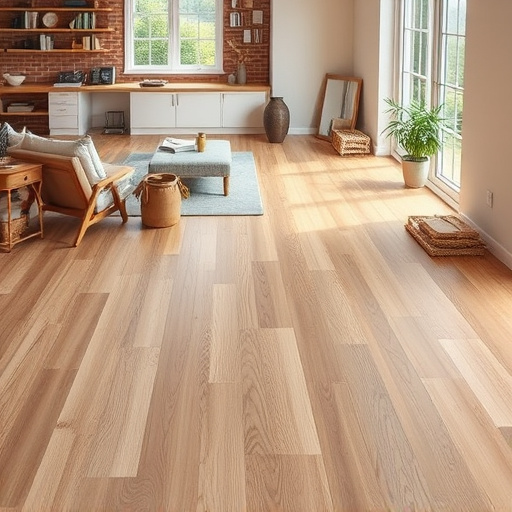Open-concept interior designs, popular for their unity and adaptability, eliminate walls to create connected spaces. While offering functional benefits, they face challenges like noise and lack of privacy. Balancing connectivity and personal style involves strategic room remodels and floor replacements, allowing homeowners to customize while maintaining a cohesive design.
“Discover the allure and challenges of open-concept house design, a trend reshaping modern interiors. This comprehensive guide delves into the transformative power of seamless space merging, offering both unique advantages and subtle pitfalls. From enhanced connectivity between rooms to potential privacy concerns, we explore it all. Learn how to balance personal style with universal flow, ensuring your open-concept space caters to both functionality and aesthetics in interior designs.”
- Unifying Spaces: Open Concept Layout Advantages
- Blurring Boundaries: Potential Disadvantages Explored
- Personal Style vs. Universal Flow: Customization Tips
Unifying Spaces: Open Concept Layout Advantages

Open-concept interior designs have revolutionized the way we think about space within our homes. By eliminating walls and creating a seamless flow between rooms, this design approach offers numerous advantages. The primary benefit lies in the sense of unity it brings to the living areas, making the home feel more expansive and inviting. This unified layout is particularly appealing for modern families seeking functional spaces that encourage interaction and adaptability.
In an open-concept floor plan, the kitchen—often the heart of a home—becomes the central hub, visually connected to dining and living areas. This configuration facilitates easy entertaining, as conversations can flow freely between rooms during gatherings. Moreover, home additions or renovations, such as a kitchen remodel, are often more seamless in this style, allowing for better integration with existing spaces and creating a cohesive interior design throughout.
Blurring Boundaries: Potential Disadvantages Explored

Open-concept house design has gained popularity for its ability to create a fluid and interconnected interior space. However, this architectural trend also comes with potential disadvantages, particularly when it comes to blurring boundaries between different areas of the home. In open-concept layouts, there are fewer physical dividers such as walls or doors, which can lead to several issues.
One notable disadvantage is the lack of privacy. With all rooms connected, separation becomes challenging. For instance, a home office in an open concept might struggle to provide a quiet and secluded workspace without carefully customizing work around noise levels and visual distractions from other parts of the house. Similarly, kitchen and living areas that merge together could result in messy or chaotic spaces during gatherings or mealtimes. These considerations are essential when planning home additions or transformations to ensure a balanced and functional interior design.
Personal Style vs. Universal Flow: Customization Tips

In an open-concept house design, the line between personal style and universal flow blurs, offering both opportunities for creativity and challenges in customization. While this layout promotes a seamless transition between spaces, it can sometimes feel impersonal, lacking the unique touches that reflect individual tastes. To strike a balance, homeowners should embrace their interior designs as a blank canvas, allowing for personalization without sacrificing the open-plan aesthetic.
One effective approach is to integrate multiple room remodels that cater to different areas of the house. For instance, while the living and dining areas might feature a unified design, incorporating a dedicated home office or a cozy reading nook with distinct aesthetics can add depth and diversity. Floor replacements play a crucial role here, enabling the creation of visual boundaries without compartmentalizing the space. By combining these strategies, homeowners can achieve both a harmonious whole house remodel and tailored interior designs that cater to diverse needs and preferences.
Open-concept house design offers a modern aesthetic with potential benefits like unified living spaces that foster community. However, it may also present challenges such as privacy concerns and noise transmission. Balancing personal style with a universal flow is key; incorporating adaptable furniture and thoughtful zoning can enhance the positives while mitigating the negatives of this popular interior design trend. By carefully considering these factors, homeowners can create a functional and stylish open-concept space that suits their lifestyle.






